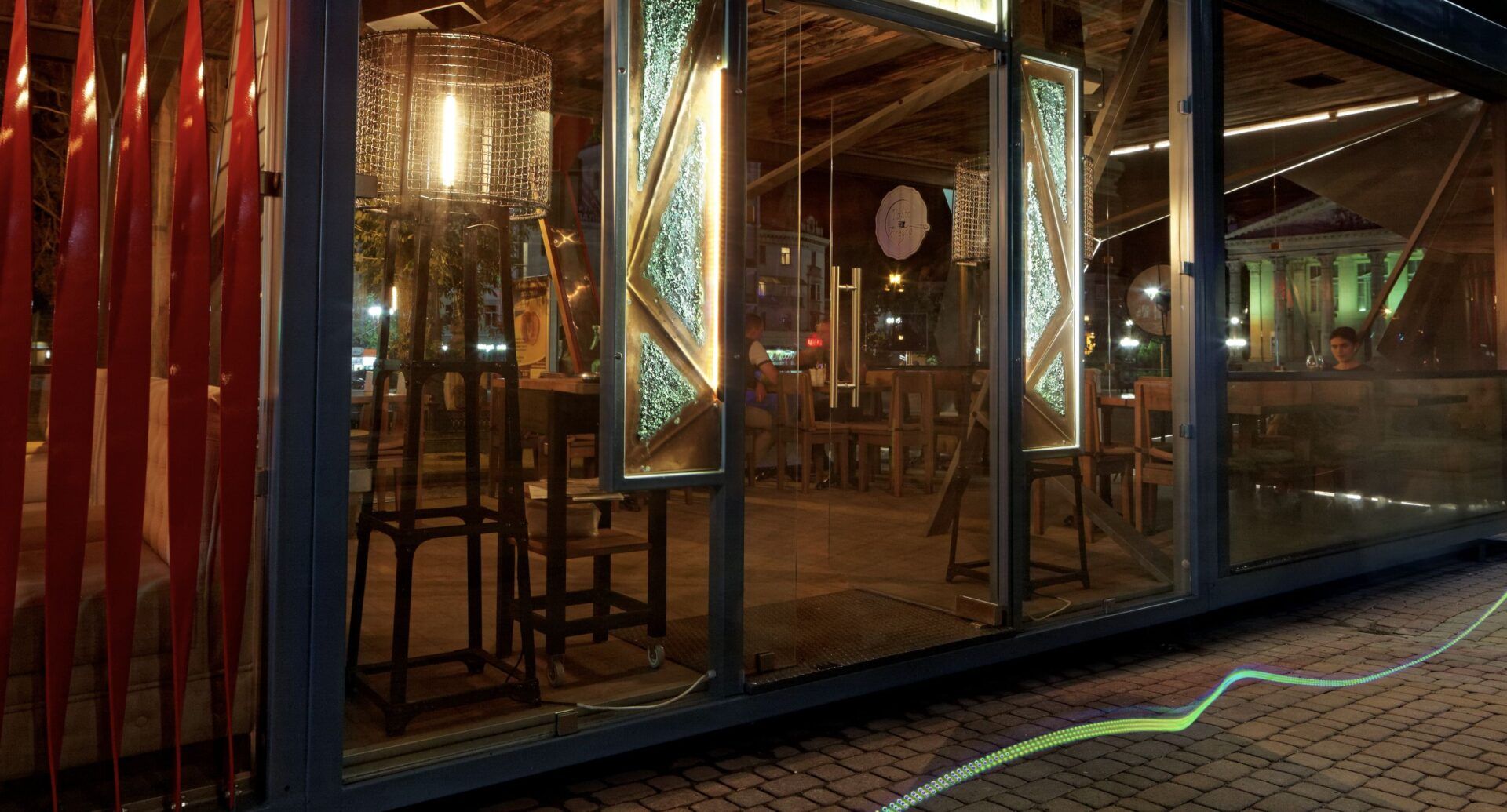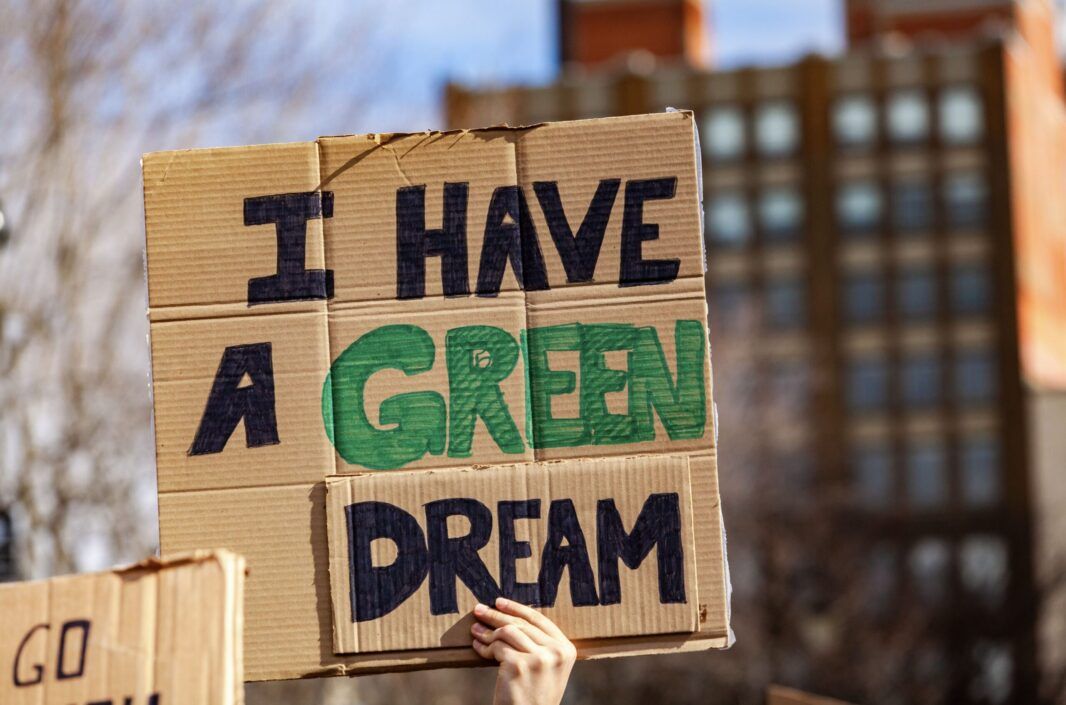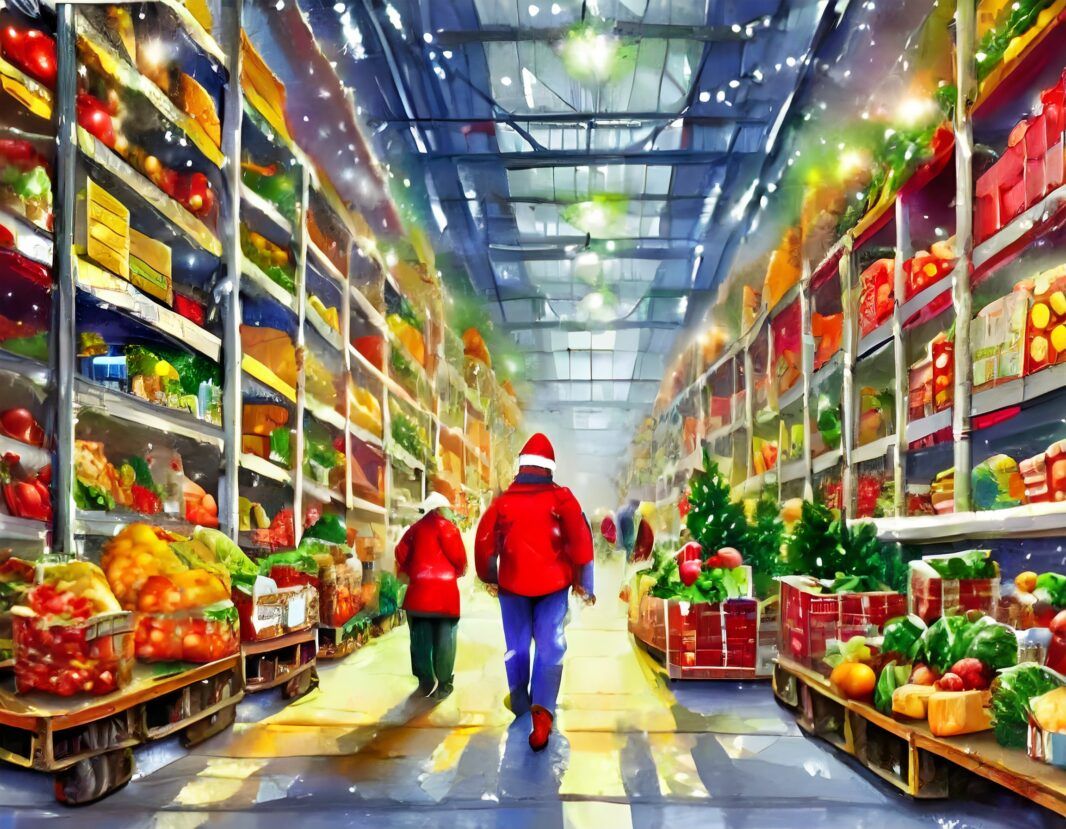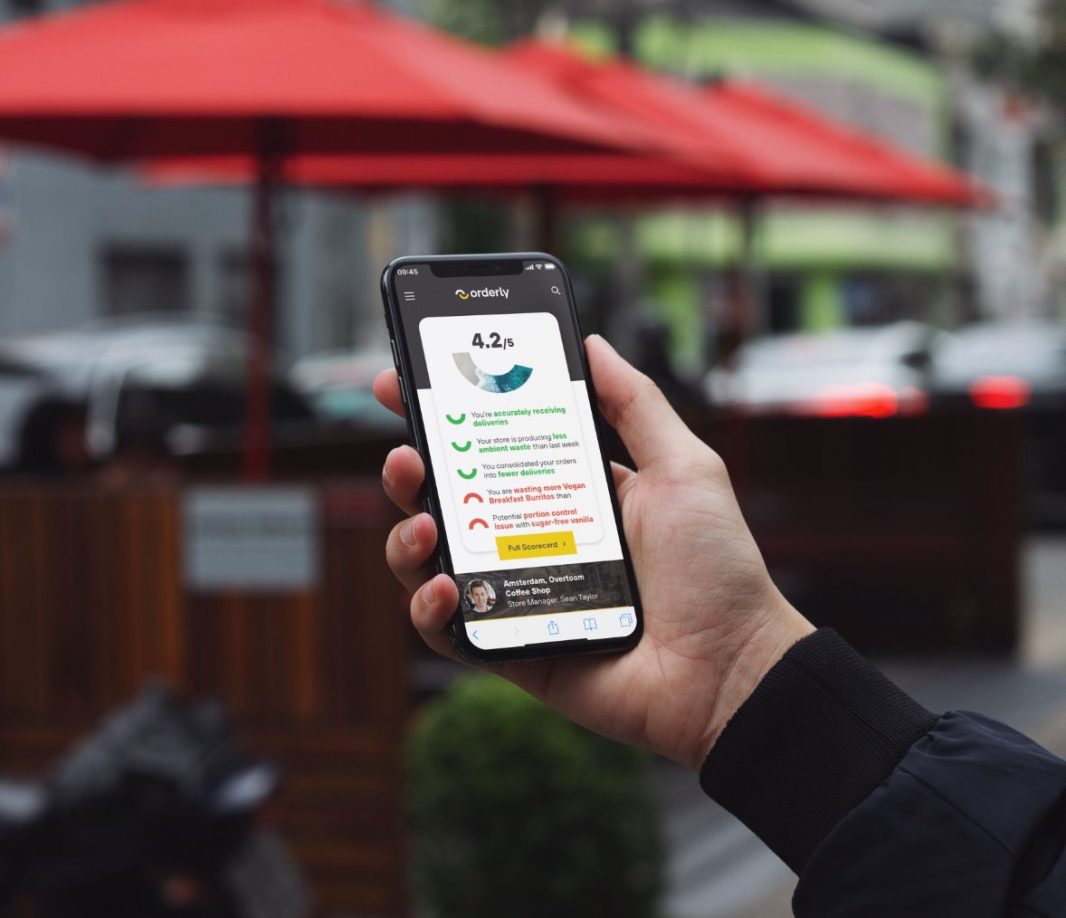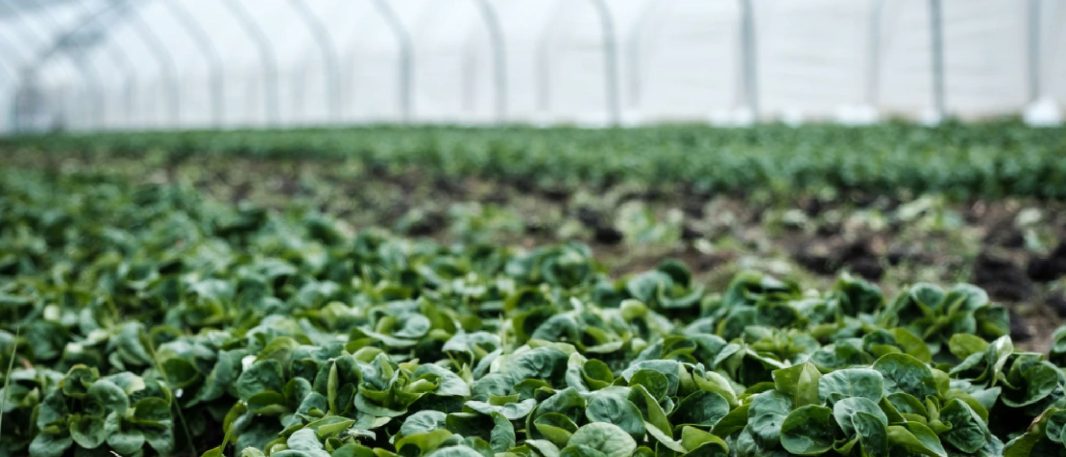We'd all like a crystal ball to predict consumer food and beverage trends. With news in the last few weeks of a sinking share price in Deliveroo, we pondered the future regarding deliveries of hot and cold food, what's happening in stores and the general 'feeling'.
Food deliveries on the rise
According to Kantar, there's been an 8% YOY increase in UK food shop deliveries, and now 12.6% of UK grocery sales are made online (data taken March 2022.) This is an increase of 4.6% more than in 2019, and it seems the COVID-19 boom has stuck. Consumers over the age of 65, in particular, continue to shop online more often than they did before the pandemic. Online conversations about grocery delivery have decreased slightly by 4% over the past year but are still at a higher level than before the pandemic.
The story behind the story? 3rd party deals.
Iceland launched on the Amazon website in mid-September, offering thousands of products to Prime subscribers that the US company delivers from Iceland stores.
Amazon also has third-party deals with the Co-op and Morrisons, selling groceries on its website and delivering them from local branches.
There are new entrants into the market, like online-only grocery store Getir, offering rapid delivery services using smaller, more efficient warehouses close to the customers. However, we're still seeing the leading retailers scoop up the UK urban areas. The missing link could be rural communities. In a great piece, the conversation discovered the disparity between urban and rural access - with a likely link to some excellent revenue if a brand could make it work.
Dark kitchens in the EU
You may have spotted the news that in the late summer, American YouTube star MrBeast sued the company he partnered with for his restaurant brand and its delivery after what he claimed were drastic declines in food quality. Dark kitchens don't want to live up to their name, but the remote locations and lack of transparency open them to attack. But with margins at the mercy of the delivery providers and data being eaten up by them, too, time will tell if implementing virtual-only dark kitchens is the way forward. There are less than the USA, but much of the dialogue about the 'coming to the EU' hints at a less warm welcome, with no data to prove this. We love tea and scones, but we also love food fast to our door!
Our bet? A clean-up of a reputation will ensure their ongoing prominence. With Gen Z at the pinnacle of being invested in a business's principles, dark kitchens mustn't ostracize those least likely to order from them.
Increased solo dining
According to Brandwatch, Solo dining is on the rise.
The number of people talking online about solo dining and eating alone in restaurants has increased by 7% in the last year compared to the previous twelve months. (Side note: this is positive chatter, too. It seems hanging out alone for your meal is better than dining with fake friends.) As such, this represents a window of opportunity for brands.
According to a survey among Seoul residents in South Korea from 2022, more than two-thirds of respondents stated that they eat alone. In our globally connected society, we see this on TikTok and Shorts and extrapolate - eating alone is okay now.
However, making the leap from Korean cool to acceptable in the UK is harder in reality than the search frequencies would have you believe. This year's article from the Guardian highlighted the outdated stereotypes of a woman dining alone (even as a food critic), offering a spark of inspiration for a restaurant set up for solo missions to imbibe that it isn't a greasy chicken shop. Meals for one, table for one, food waste to zero.
Whatever lies ahead, tackle 2024 with Orderly
Our smart, fully Integrated supply chain solution includes forecast management, order management and inventory management, and you can have it all with just one call. (Or email.)
Why not book a demo here?

